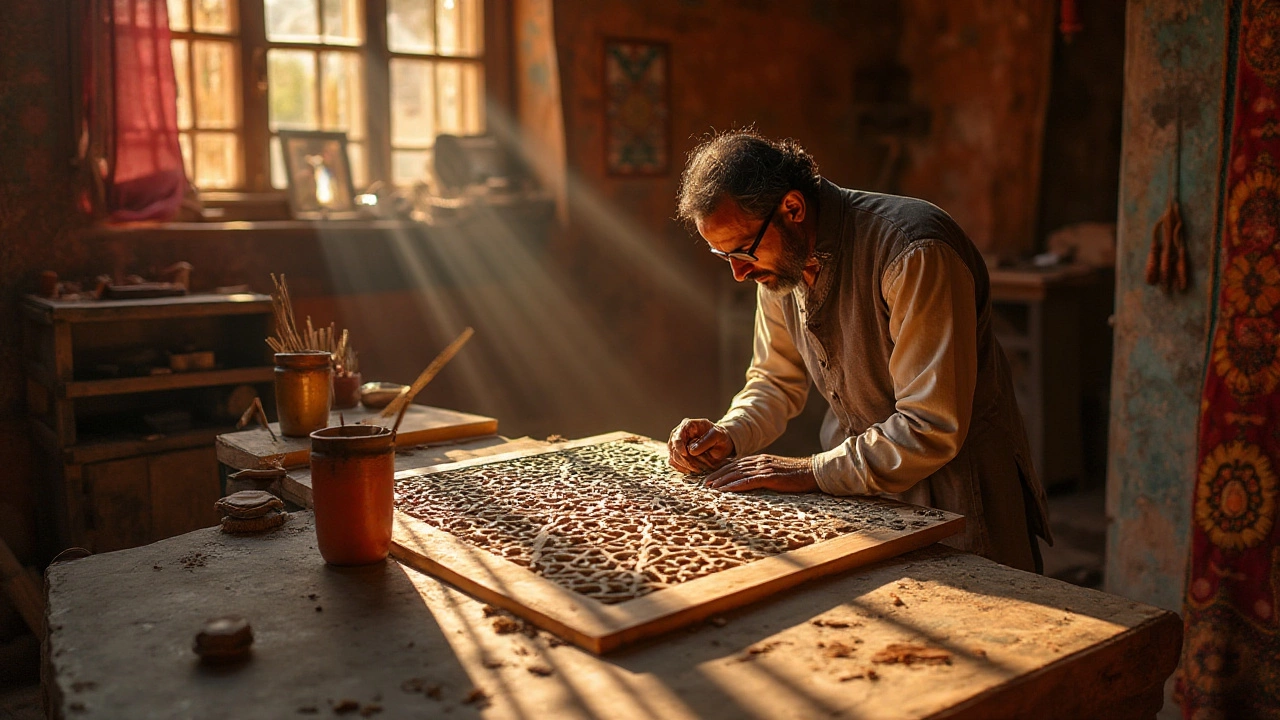Handmade Designs: How Craft Meets Modern Manufacturing
Ever wonder why a hand‑stitched bag feels more special than a factory‑made one? That feeling is the power of handmade designs. In today’s market, customers crave a story, a personal touch, and that’s exactly what artisans deliver. For manufacturers, mixing craft with technology isn’t a gimmick – it’s a way to stand out, charge a premium, and keep production flexible.
Why Handmade Designs Still Sell Strong
First, people notice the details. A hand‑carved pattern, a small imperfection, or a unique colour blend tells a story you can’t copy with a robot. That story builds trust and makes customers willing to pay more. Second, small‑batch production reduces waste. When you make only what you need, inventory costs drop and you avoid over‑producing items that sit unsold. Finally, handmade designs let brands test new ideas quickly. A designer can sketch a prototype, test it in a local market, and adjust without re‑tooling an entire assembly line.
Practical Steps to Add Hand‑Made Elements to Your Line
Start with a simple pilot. Choose one product – maybe a leather wallet or a wooden desk accessory – and partner with a local artisan. Ask the maker to create a few variations and record the time and material costs. Compare those numbers with your standard production costs. If the margin looks good, scale the collaboration by training a small in‑house team on the same techniques.
Next, think about technology that can help. Laser cutters, CNC routers, and 3‑D printers can handle repetitive parts, while the artisan adds the finishing touches by hand. This hybrid approach keeps labor costs low while preserving the hand‑made feel. Use digital design tools to share patterns with the maker – a clear file reduces back‑and‑forth and speeds up the process.
Don’t forget storytelling. When you launch a handmade product, showcase the maker’s background, the materials used, and the process behind it. Short videos, behind‑the‑scenes photos, and a personal quote go a long way. Customers love to know who made their item and why it matters.
Finally, protect your designs. Register a trademark or a design patent if the pattern is unique. This prevents copycats from stealing your work and keeps your brand’s reputation intact. Even a simple nondisclosure agreement with the artisan can protect trade secrets.
Handmade designs can coexist with mass production, but they need a clear strategy. Identify the products that benefit most from a personal touch, test with a small batch, and use technology to keep costs in check. The result? A line of products that feels authentic, sells at a higher price, and builds a loyal customer base.
Ready to give your catalog a handcrafted edge? Start by reaching out to local craft groups, attend a maker fair, or explore online artisan marketplaces. You might find the perfect partner who can turn a simple idea into a market‑winning product.

Top Indian Furniture Makers: Craftsmanship That Reigns Supreme
Exploring the world of Indian furniture manufacturers reveals a rich tapestry of tradition, innovation, and craftsmanship. India has become a global leader in furniture production, blending modern design with age-old techniques. From the detailed work of Rajasthan's artisans to the contemporary flair in Bengaluru, Indian furniture stands out for its quality and character. This article delves into the leading manufacturers who are setting global trends in the furniture industry.
Read More